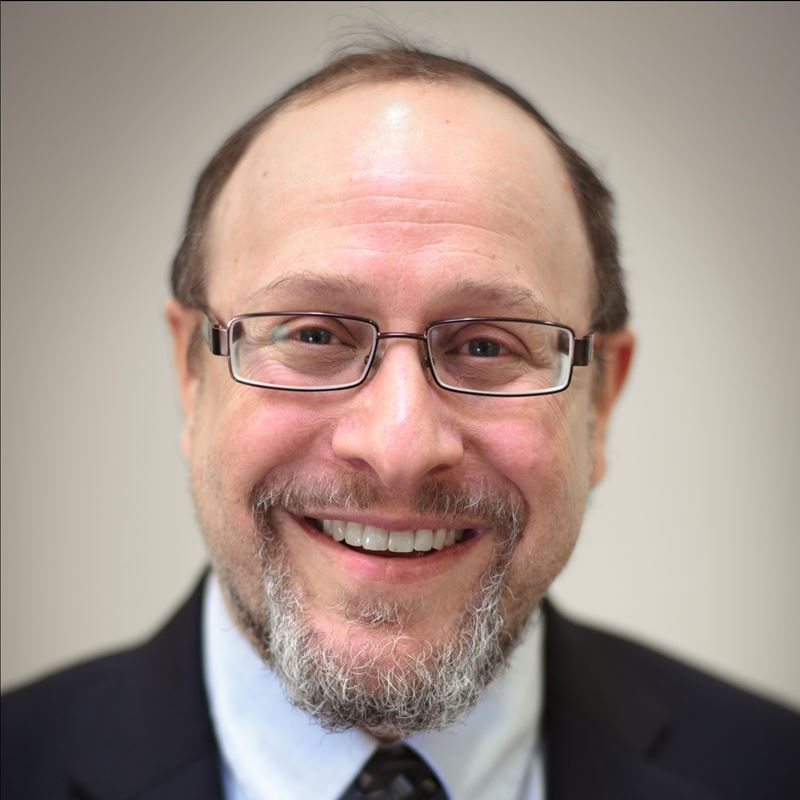In The Great Partnership: Science, Religion, and the Search for Meaning (Schocken Books, 2011), Rabbi Jonathan Sacks (of blessed memory) presents a persistent and persuasive argument for the necessity of both religion and science. Science without religion fails to map itself onto the full dimensionality of human experience and society; figuratively and literally, science has no soul. Religion without science falls short of understanding the world we inhabit, including ourselves, and does not advance the technologies which sustain and improve our lives. R. Sacks, however, broadens the scope of this great partnership by identifying how the categories of religion and science represent different epistemologies or ways of knowing. Religion and science often diverge in their modes of thought, methods of discovery, styles of discourse, and focal interests. He writes (pp. 54-55):
"There are truths we can express in systems, but others we can only tell through story. There is the kind of knowledge for which we need detachment, but another kind of knowledge we can only achieve through attachment – through empathy and identification with an other … There are truths we can tell in prose, but others for which only poetry is adequate … Science takes things apart to see how they work. Religion puts things together to see what they mean (emphasis by R. Sacks)."
Demonstrating the necessity of the truths told through poetry, Rabbi Sacks cites Martha C. Nussbaum’s Poetic Justice: The Literary Imagination and Public Life (Beacon Press, 1995). Nussbaum is an eminent philosopher of law and ethics at the University of Chicago. In Poetic Justice, she argues for the proactive cultivation of a subjectivist empathy through a liberal arts education. A literary imagination gained through the reading of narratives, novels, and poetry makes for better judges, legislators, and policy makers - to which we can add Jewish communal professionals! R. Sacks summarizes: “Only through the exercise of imaginative identification can judges balance the universality of law with a human understanding of this unique individual standing in the dock.”
This idea finds kindred expression within Judaism’s written and oral Torah tradition. The Torah interweaves law and narrative together, as do the halakhah and aggadah in both the Talmud and Midrash. Responsa literature locates dispassionate legal dialectics in messy human situations. Even in the study of American jurisprudence there have been prior appreciations of the relationship of legislation and case law.[1]
Nussbaum, however, deepens our appreciation of the interrelationship of statutory policies and personal story. She asserts that the study of literary narrative and poetic expression is not merely additive, but fundamentally necessary to the realization of a mishpat tzedek – a rule of law that is just and compassionate, that guides the collective and esteems the individual. Nussbaum contends that reading the real or imagined lives of others nurtures our capacity for empathy and compassion by exposing us to worlds beyond the narrow confines of our own lives. Public servants, philosophers, and economists who solely think in abstract or utilitarian manner reduce individuals to societal widgets or numbers. They are "blind to the qualitative richness of the perceptible world; to the separateness of its people, to their inner depths, their hopes and loves and fears; blind to what it is like to live a human life and to try to endow it with a human meaning.”
Literary imagination needs to be a part of public rationality because, “an ethics of impartial respect for human dignity will fail to engage real human beings unless they are made capable of entering imaginatively into the lives of distant others and to have emotions related to that participation.” In the terms of today’s culture wars, Nussbaum’s contention arguably defies both extremes of the contemporary debate. A literary imagination should not be accused of cultural misappropriation or overreach, and empathetic perceptivity requires us to imagine beyond biases explicit and implicit.
The Jewish literary tradition’s model of interlacing law and narrative summons us to inform our worldview with the great Divine and human partnerships of knowledge and ways of knowing. During our ongoing shared global pandemic and time of political and social crisis, we better appreciate the need for both science and religion, for the rule of law, guidance of public policy, and the supreme sensitivity to human suffering and aspirations of all kinds. A Jewish religious and humanistic cognitive commitment to the dignities of human difference requires a vigorous empathy. A literary imagination helps us achieve this virtuous capacity, or in Nussbaum’s felicitous phrasing, advances “poetic justice.”
[1] Nomos and Narrative” (See Robert Cover, “Nomos and Narrative,” Harvard Law Review 97:4 (1984), 4-68

Photo by Adrien Converse on Unsplash
Get To Know The Author
WGF/DS Alum Rabbi Benjamin J. Samuels, PhD (Class 4), has been the rabbi of Congregation Shaarei Tefillah in Newton Centre, Massachusetts since 1995. He earned his rabbinical ordination from Yeshiva University’s Rabbi Isaac Elchanan Theological Seminary, and his PhD in Science, Philosophy and Religion from Boston University. He teaches widely in the Greater Boston Jewish Community. He also reads broadly across space, time, and worlds real and imagined.

